10 Best Point and Shoot Cameras in 2024 — Reviews & Tops Picks
Last Updated on
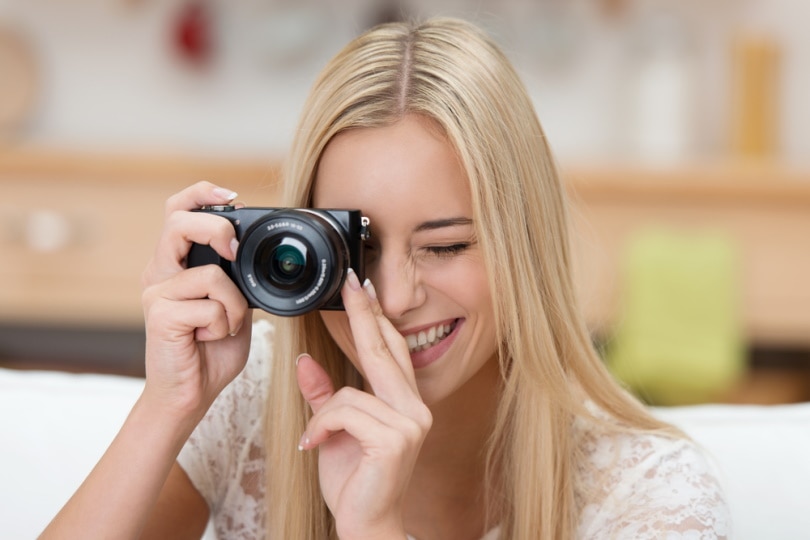
While smartphones have upped their camera games, they haven’t replaced other cameras yet. The best point and shoot models still offer the ease and convenience of a device that does a lot of the thinking for you. The name is fitting, too, since that is literally all you must do with some cameras. Learning the ins and outs of photography is challenging yet attainable. These cameras make it simpler than ever to master.
Nevertheless, there’s still a lot of terminology and concepts to understand if you want to take it to the next level. However, a point and shoot camera will get you on the fast track. Our guide will tell you what to look for in these products. We’ve also included reviews of some of our favorite cameras to help with your comparison shopping.

A Glance at Our Winners in 2024
| Image | Product | Details | ||
|---|---|---|---|---|
| Best Overall |
 |
Fujifilm X100V |
|
CHECK PRICE |
| Best Value |
 |
Sony Cyber-Shot DSC-W800 Digital Camera |
|
CHECK PRICE |
| Premium Choice |
 |
Pentax K-3 Mark III Advanced Digital SLR Camera |
|
CHECK PRICE |
 |
Leica D-Lux 7 Compact Camera |
|
CHECK PRICE | |
 |
Fujifilm FinePix XP140 Waterproof Digital Camera |
|
CHECK PRICE |
The 10 Best Point and Shoot Cameras
1. Fujifilm X100V – Best Overall
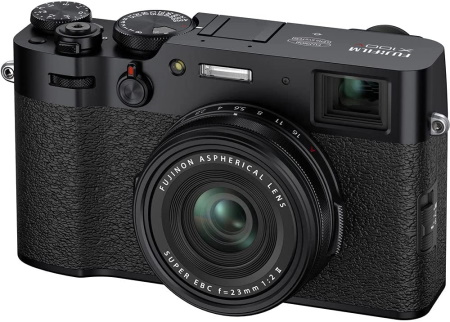
| Sensor | BSI CMOS sensor |
| Sensor resolution | 1 megapixels |
| Optical Zoom | n/a |
The Fujifilm X100V took our top spot for the overall best point and shoot camera. It hits it out of the park with all of the things it can do. You can capture stills or videos with its wide-angle lens. It has a hybrid viewfinder that is easy to use. It makes excellent use of autofocus with both stills and 4k videos, albeit a bit slow on the uptake. Customers also loved the retro vibe of this camera’s design.
- Feature-rich
- PASM modes
- Built-in flash
- Relatively heavy
2. Sony Cyber-Shot DSC-W800 Digital Camera – Best Value
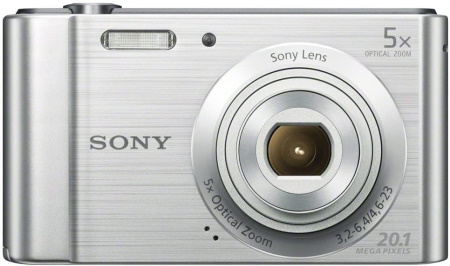
| Sensor | CCD sensor |
| Sensor resolution | 1 megapixels |
| Optical Zoom | 5x |
The Sony Cyber-Shot DSC-W800 Digital Camera is our pick for the best point and shoot camera for the money. It packs many features in a compact model at an affordable price. It has a lot of versatility, with telephoto and zoom capabilities. It is powered by a lithium-ion battery that is included with your purchase. It shines in the fact that it’s so easy to use. Even newbies will catch on quickly and enjoy the satisfaction it provides.
- Lightweight and compact size
- High resolution
- Value-priced
- Too simplistic for some users
3. Pentax K-3 Mark III Advanced Digital SLR Camera – Premium Choice
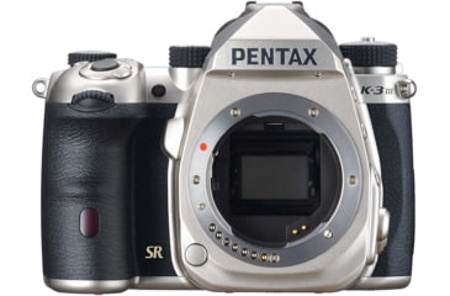
| Sensor | BSI CMOS sensor |
| Sensor resolution | 25 megapixels |
| Optical Zoom | n/a |
The Pentax K-3 Mark III Advanced Digital SLR Camera takes the point and shoot concept to the next level. While it doesn’t include a lens, it provides an excellent foundation for the right match. The resulting quality is outstanding. It’s not a beginner model. This one is for someone who has spent some time schooling themselves about photography. However, you can’t go wrong with this model of its over 100 focus points and weather-resistant design.
- 101 focus points
- Weather-resistant
- Excellent video capture
- Separate purchase for lens
4. Leica D-Lux 7 Compact Camera
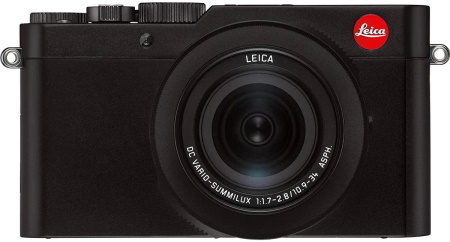
| Sensor | MOS sensor |
| Sensor resolution | 17 megapixels |
| Optical Zoom | 4x |
The Leica D-Lux 7 Compact Camera is another digital point and shoot model. It toes the line between being user-friendly and offering versatility with auto and manual shooting modes. That makes it an excellent bridge for beginner to intermediate users. You have the capabilities to take your skills to the next level effortlessly. It also has PASM modes to support your growing knowledge. The lightweight design and 4K video features make it well worth the price.
- Lightweight
- 4K video
- Excellent transition model
- Pricey
5. Fujifilm FinePix XP140 Waterproof Digital Camera
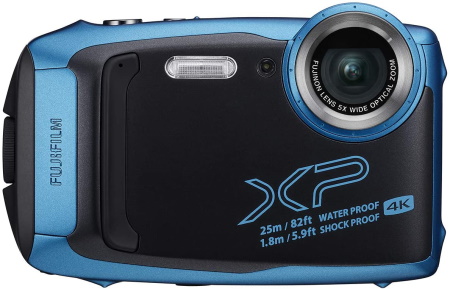
| Sensor | CMOS sensor |
| Sensor resolution | 4 megapixels |
| Optical Zoom | 5x |
The Fujifilm FinePix XP140 Waterproof Digital Camera strives to be the product you use no matter what the outdoor conditions. It’ll cover you for water, freezing temps, and excessive shock. It offers a lot for the price, given its durability. Surprisingly, it’s also lightweight. It’s worth noting that you can go underwater 82 feet with this camera, a boon for scuba divers. However, the zoom quality isn’t ideal.
- Waterproof and freeze-proof
- 16 GB SD card
- Bluetooth capability
- Poor zoom quality
6. Canon PowerShot SX740 HS
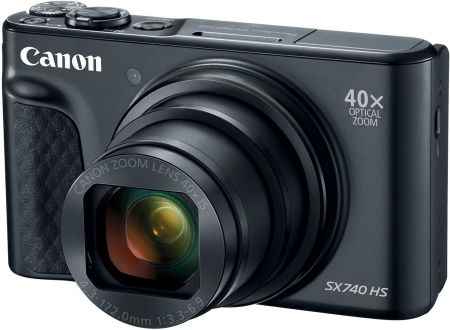
| Sensor | CMOS sensor |
| Sensor resolution | 3 megapixels |
| Optical Zoom | 40x |
The Canon PowerShot SX740 HS covers many bases on so many fronts. It has a powerful optical zoom for those incredible close-up shots. It is compact, making it excellent for travel. The kit throws in several welcome accessories, including cleaning cloths and a tripod. The 32 gigabytes (GB) SD card is a great addition, even if the video quality isn’t top-notch. Nevertheless, you get a lot of features for the price.
- Wi-Fi capability
- Electronic viewfinder
- 40x optical zoom
- Poor video quality
7. OLYMPUS Tough TG-6 Waterproof Camera
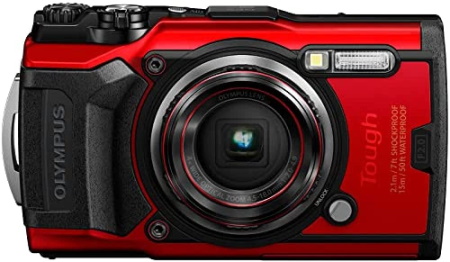
| Sensor | BSI CMOS sensor |
| Sensor resolution | 12 megapixels |
| Optical Zoom | 4x |
The OLYMPUS Tough TG-6 Waterproof Camera is a durable product that succeeds in its purpose for adventurous photography. This one has your back to get those amazing shots in challenging conditions. It’s lightweight but up to the task. It takes charge with high-quality imagery for underwater use. However, it does have a low resolution.
- User-friendly
- 4k video
- Waterproof
- Expensive
- Lower resolution
8. Panasonic Lumix TZ200
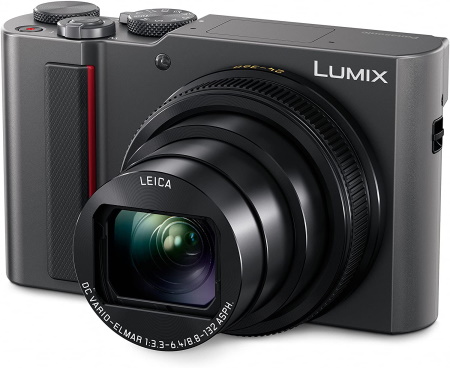
| Sensor | 5-Axis HYBRID O.I.S. sensor |
| Sensor resolution | 1 megapixels |
| Optical Zoom | 10x |
The Panasonic Lumix TZ200 is an excellent example of a product customized to provide the optimal user experience. It’s not surprising for a company devoted to electronics. The output quality is top-notch at a relatively affordable price. It includes more control features than you may see with these types of products. That makes it an excellent transition piece. You can even take 4K stills and videos. Unfortunately, the lens isn’t up to par.
- Image stabilization
- 4K stills and video
- Poor-quality lens
9. KODAK PIXPRO Astro Zoom AZ421-WH Digital Camera

| Sensor | CCD sensor |
| Sensor resolution | 1 megapixels |
| Optical Zoom | 42x |
The KODAK PIXPRO Astro Zoom AZ421-WH Digital Camera isn’t the most attractive option out there, but it gets the job done. It takes automation to the next level by correcting features that you may or may not appreciate. It has a wide-angle lens, which works better in some scenarios than others. This product ticks off many boxes, such as the affordable price and image-stabilization feature. Other than that, there isn’t a whole lot that makes it special.
- Reasonably priced
- Image-stabilization feature
- Unattractive design
10. Sony RX100 VII Premium Compact Camera

| Sensor | CMOS sensor |
| Sensor resolution | 1 megapixels |
| Optical Zoom | n/a |
The Sony RX100 VII Premium Compact Camera offers a lot to advanced users. This one incorporates sophisticated features that improve its image quality dramatically. It is pricey, but it delivers the goods. It is a professional-quality camera with features that you’ll only see at this price point, like telephoto capability and 4K video. It’s an excellent choice for an all-around device that will serve several functions admirably. However, some customers report that their images come out warped.
- Telephoto capability
- 4K video
- Expensive
- Warped images

Buyer’s Guide: How to Select the Best Point and Shoot Cameras
Buying a camera of any kind is a daunting task, given the number of choices you have. We mentioned the competition that the point and shoot models faced with the rise of smartphones. The manufacturers have met this challenge with a broad spectrum of options and advanced features that blow smartphones out of the water with picture quality and ease of use.
The straightforward use of these cameras belies the fact that the price range has expanded tremendously—along with the prices. Most point and shoot models try to make things easier with autofocus and other modes for the best pictures. You don’t need other lenses or a separate flash. Everything is self-contained. Specs and features to consider include:
- Sensor
- Sensor resolution
- Ease of use
- Picture quality
- Price
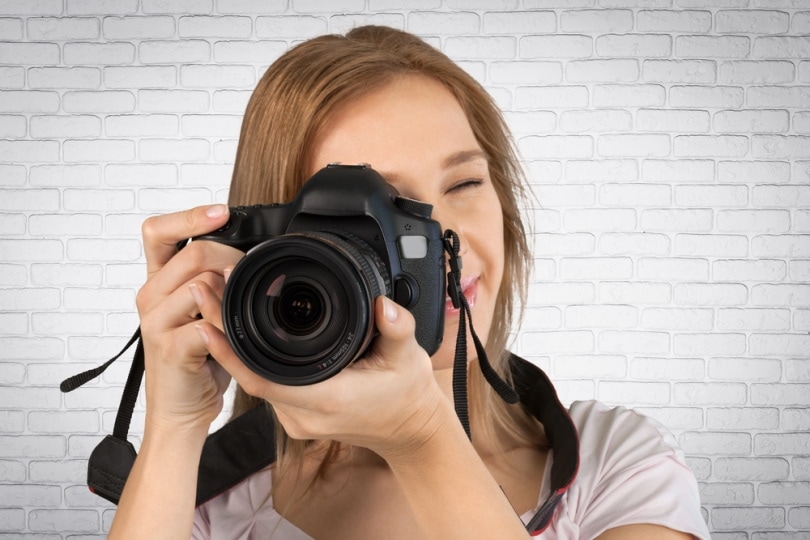
Sensor
The sensor is the business end of a camera that’ll determine the quality of your photographs. You’ll find a range of types and sizes. You can think of it as a mediator between the light entering the lens and the resulting image on the device’s medium. The larger it is, the more data it can collect. It’ll play a direct role in the angle of view and, consequently, the depth of field (DoF).
These factors depend on the type of photography you want to explore. It may also affect other desirable features that may complement your kit. The sensor type you’ll most likely see in point and shoot cameras is the complementary metal-oxide semiconductor (CMOS). It offers an affordable alternative to older but more power-hungry technologies, such as the charge-coupled device (CCD).
Another popular type is the back-side illumination (BSI) CMOS sensor. The addition of BSI enhances its light-capturing abilities. Like many components, there are trade offs when it comes to sensors. Bigger may mean more info, but it comes at the price of quality in low-light conditions, not unlike the aperture and the DoF.
Sensor Resolution
Another spec worth considering is the sensor’s resolution, typically expressed in megapixels (MP). Generally, the higher the figure, the finer the details in the image when combined with a larger size. Your average smartphone usually has less than 16 MP. Compare that to a point and shoot camera, which can top 20 MP to 26 MP or more.
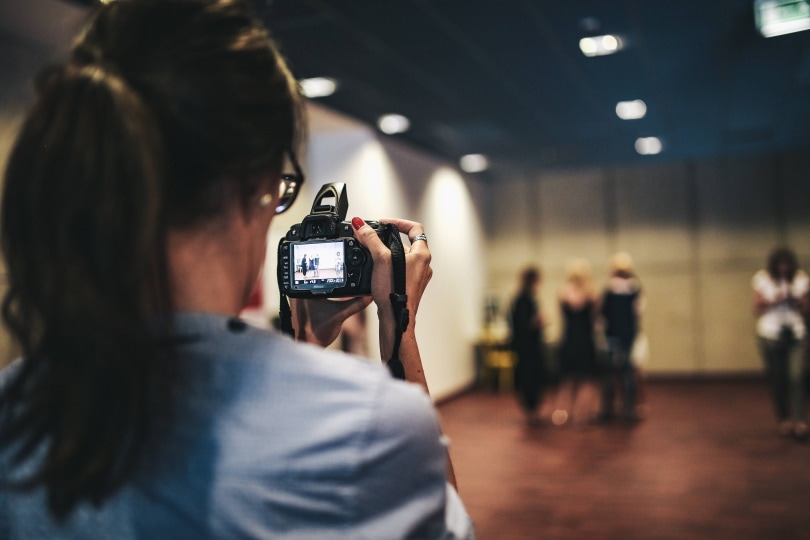
Ease of Use
This factor is probably high on your list if you’re new to photography. The design, with its spotlight on autofocus, is an excellent step toward being user-friendly. After all, you have to learn to walk before you can run. Other features that make a point and shoot camera easy to use include a touchscreen, Bluetooth capability, Wi-Fi, and the type of viewfinder.
Older technologies used the same setup you’d find in binoculars to transfer what your lens captures to what you see when framing a shot. Many newer cameras have an electronic viewfinder (EVF). It allows you to see the subject before you shoot. Of course, that makes using a camera infinitely easier. The alternative is just a hole that you look through to view the scene. It works, but the small size makes it hard to picture the result.
Many products have different modes that can give you more flexibility with your photographs. A higher-end camera with program, aperture priority, shutter priority, and manual modes (PASM) puts you in control of varying the effects for different subjects. It’s an excellent segue toward learning the finer points of photography.
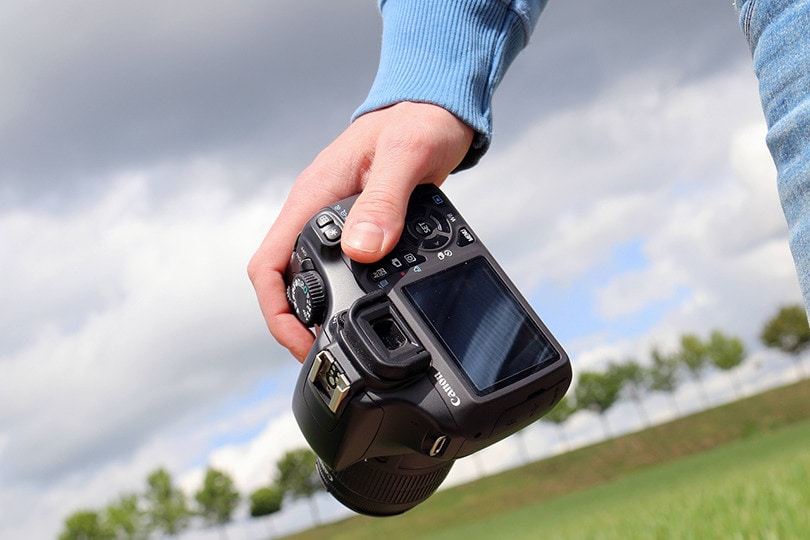
Picture Quality
Of course, the picture quality is the be-all-end-all dealmaker. A point and shoot camera tries to make it a no-brainer with its user-friendly interface. All the specs that we’ve discussed have an effect on your end product. That’ll also depend on the quality of the printing if you choose to go that route.
Price
Many of the components of cameras include materials that will drive up the price, particularly with the more intricate, feature-packed models. This market has a wide price range that can go from under $100 to several thousands of dollars. However, the cost isn’t always the only measure of a decent product. The final say depends on what your photography goals are and matching them with the right camera.
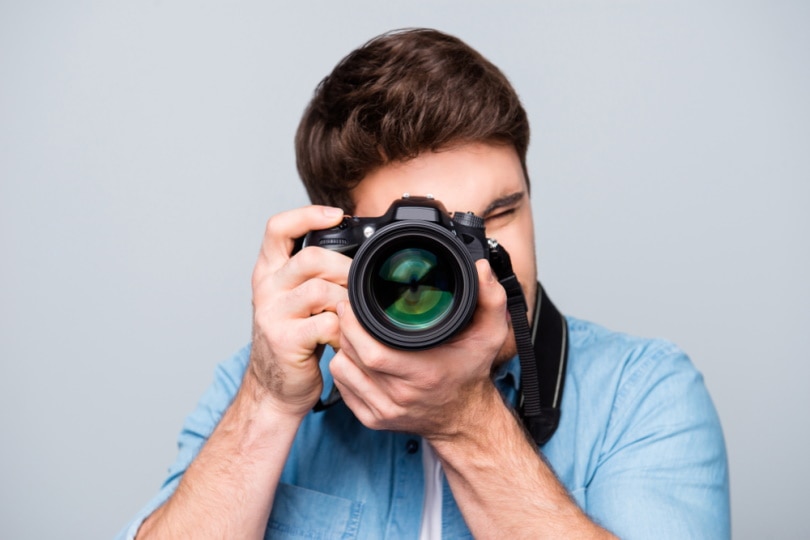

Conclusion
After going through our reviews, one point and shoot camera came out on top. The Fujifilm X100V impressed us with its high-quality specs and ease of use. The Sony Cyber-Shot DSC-W800 Digital Camera is an ideal choice for the beginner who wants to make a modest investment in a new hobby. Based on these two products alone, it’s safe to say that the point and shoot camera has come into its own.
Featured Image Credit: stockfour, Shutterstock
Table of Contents
- A Glance at Our Winners in 2024
- The 10 Best Point and Shoot Cameras
- 1. Fujifilm X100V – Best Overall
- 2. Sony Cyber-Shot DSC-W800 Digital Camera – Best Value
- 3. Pentax K-3 Mark III Advanced Digital SLR Camera – Premium Choice
- 4. Leica D-Lux 7 Compact Camera
- 5. Fujifilm FinePix XP140 Waterproof Digital Camera
- 6. Canon PowerShot SX740 HS
- 7. OLYMPUS Tough TG-6 Waterproof Camera
- 8. Panasonic Lumix TZ200
- 9. KODAK PIXPRO Astro Zoom AZ421-WH Digital Camera
- 10. Sony RX100 VII Premium Compact Camera
- Buyer’s Guide: How to Select the Best Point and Shoot Cameras
- Conclusion
About the Author Chris Dinesen Rogers
Chris has been writing since 2009 on a variety of topics. Her motto with all of her writing is “science-based writing nurtured by education and critical thinking.” Chris specializes in science topics and has a special love for health and environmental topics, and animals of all shapes and sizes.
Related Articles:
How to Clean a Refractor Telescope: Step-by-Step Guide
How to Clean a Telescope Eyepiece: Step-by-Step Guide
How to Clean a Rifle Scope: 8 Expert Tips
Monocular vs Telescope: Differences Explained (With Pictures)
What Is a Monocular Used For? 8 Common Functions
How to Clean a Telescope Mirror: 8 Expert Tips
Brightfield vs Phase Contrast Microscopy: The Differences Explained
SkyCamHD Drone Review: Pros, Cons, FAQ, & Verdict



